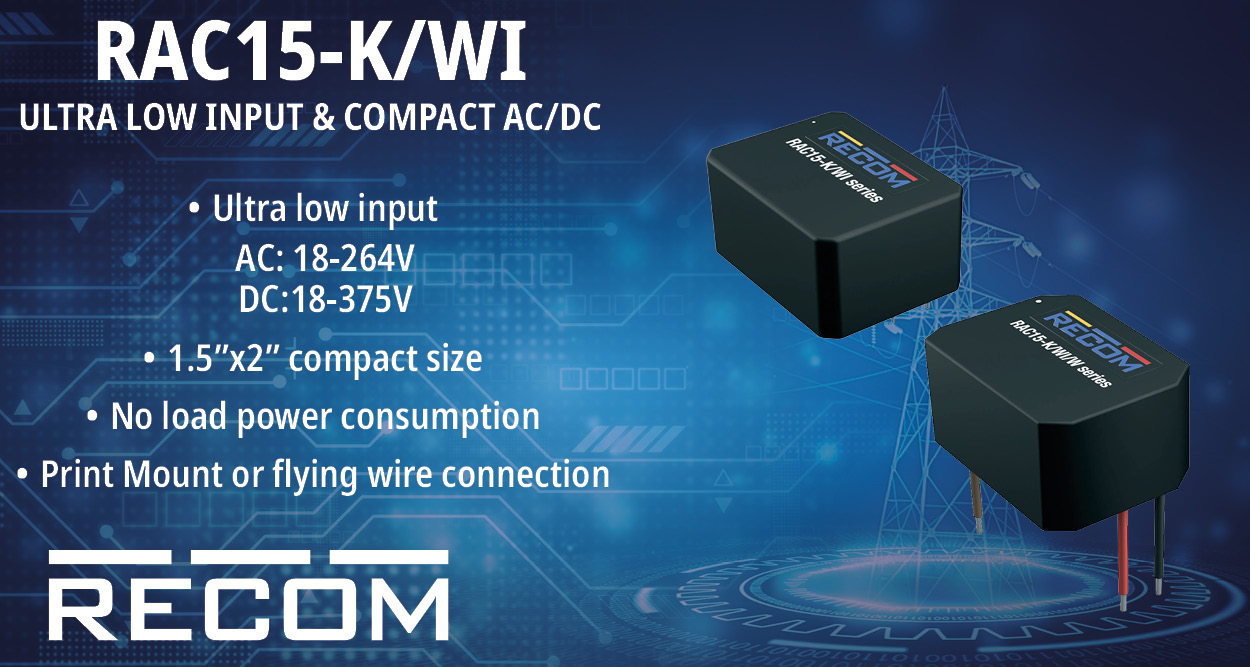Software is increasingly becoming an important part of the automotive industry and is the oil of future. As the industry moves towards autonomous vehicles, the complexity of the technology is also increasing multi fold. TimesTeh ineracted with Satish Sundaresan, Managing Director – Elektrobit India Pvt. Ltd. to learn more about software-driven vehicles (SDV), its implication and impact and much more. Read the full interview here:
TimesTech: How do you see the growing trend of software-driven vehicles (SDV) and its implications for road safety and cybersecurity?
Satish: The interest in SDV is growing rapidly, with increasing numbers incorporating advanced technologies including self-driving capabilities, advanced driver-assistance systems, and smart sensors. While offering significant benefits, these technologies also present new challenges for road safety and cybersecurity.
In terms of road safety, SDVs have the potential to reduce accidents caused by human error, which is currently the leading cause of road accidents. However, the technology is not yet perfect, and there have been incidents involving self-driving cars that have raised concerns about their safety. It is crucial to ensure that the technology is thoroughly tested and validated before it is widely adopted.
Cybersecurity however, is also a major concern for SDVs. As more software is integrated into vehicles, there is a greater risk of cyberattacks, with potentially dangerous consequences. A successful cyberattack could compromise the vehicle’s systems, such as brakes, steering, and other critical components, leading to catastrophic accidents. It is vital we implement robust cybersecurity measures to safeguard SDVs against such threats.
In conclusion, while the trend towards SDV offers many benefits, including improved road safety and reduced carbon emissions, we must address the potential risks associated with this technology. To ensure that SDVs are safe and secure, it is essential to rigorously test and validate the technology and implement robust cybersecurity measures to protect against cyberattacks.
TimesTech: Why there is a need for high-definition maps, sensors, and other systems to enable autonomous public transportation vehicles to navigate roads and traffic safely?
Satish: To enable autonomous public transportation vehicles to navigate safely, advanced technologies are required, including high-definition maps, sensors, and other systems. These technologies enable autonomous vehicles to make informed decisions and react to their environment in real time.
High-definition maps are a critical component of autonomous vehicle navigation. Unlike standard maps, which only provide basic information about roads and landmarks, high-definition maps provide detailed information about lane markings, traffic signals, road curvature, and other critical data. This enables autonomous vehicles to navigate complex roadways, including highways, urban streets, and residential areas.
In addition to high-definition maps, sensors and other systems are also critical for autonomous vehicle safety. These include cameras, lidar, radar, and other technologies that enable the vehicle to sense its environment and make real-time decisions based on that information. For example, these sensors can detect obstacles, pedestrians, and other vehicles, and help the autonomous vehicle navigate safely through traffic.
Overall, the need for high-definition maps, sensors, and other systems to enable autonomous public transportation vehicles to navigate roads and traffic safety cannot be overstated. These technologies are essential for ensuring that autonomous vehicles operate safely and effectively and are critical for realizing the full potential of this emerging technology.
TimesTech: What is the impact of SDV on the value ecology of automotive products and the automotive industrial pattern?
Satish: Software-driven vehicles, such as autonomous and connected cars, are revolutionizing the automotive industry, and transforming the value ecology of automotive products. Here are some potential impacts:
- Shift in value from hardware to software: With the rise of SDV, the value of automotive products is shifting from traditional hardware components (e.g., engines, transmissions) to software components (e.g., sensors, algorithms). This shift has major implications for automotive companies, as they need to invest in new technologies and talent to develop these software components.
- Emergence of new players: SDV are also creating opportunities for new players to enter the automotive industry. Companies that specialize in software, such as Google and Apple, are now competing with traditional automakers for a slice of the market. This could lead to a reshuffling of the automotive industrial pattern and new alliances between different types of companies.
- Increased focus on data: Software-driven vehicles generate vast amounts of data, which can be used to improve the performance and safety of the vehicles, as well as to create new services and business models. This data is becoming an increasingly asset for automotive companies and could lead to new revenue streams.
- Changes in customer preferences: SDV are also likely to impact customer preferences for automotive products. For example, consumers may place a higher value on features such as connectivity and automation, rather than traditional performance metrics such as horsepower and acceleration. This could lead to changes in the types of vehicles that are produced and sold.
Overall, the impact of SDV on the value ecology of automotive products and the automotive industrial pattern is significant and far-reaching. Automotive companies need to adapt to these changes and embrace new technologies and business models to remain competitive in the marketplace.
TimesTech: What are the requirements of software development for Autonomous Vehicle.
Satish: Software development for autonomous vehicles is a complex and highly specialized field that requires a deep understanding of computer vision, machine learning, robotics, and sensor fusion. Autonomous vehicle software developers face unique challenges due to the complexity of the driving environment, the need to ensure safety and reliability, and the need to comply with regulations and standards.
Developers of autonomous vehicle software must design and implement systems that can process large amounts of sensor data in real-time, make accurate and reliable decisions based on that data, and control the vehicle’s movements accordingly. They must also ensure that the software can handle unexpected situations and adapt to changing driving conditions.
Moreover, autonomous vehicle software development requires a multi-disciplinary approach that involves collaboration between software engineers, robotics experts, control systems engineers, and domain experts in fields such as transportation, urban planning, and law.
Ensuring the safety and reliability of autonomous vehicle software is of paramount importance, as even a small error in the software could lead to serious accidents. To this end, developers of autonomous vehicle software must follow strict development processes and employ rigorous testing and validation methods to ensure that the software is safe and reliable.
Overall, software development for autonomous vehicles is a challenging but exciting field that requires specialized knowledge and skills, as well as a deep commitment to safety and reliability.

















